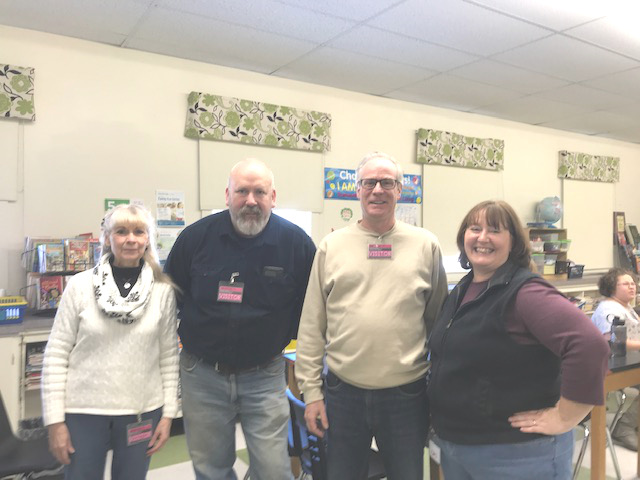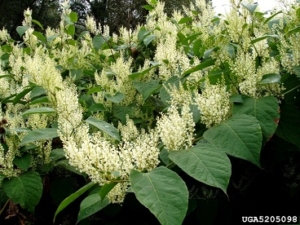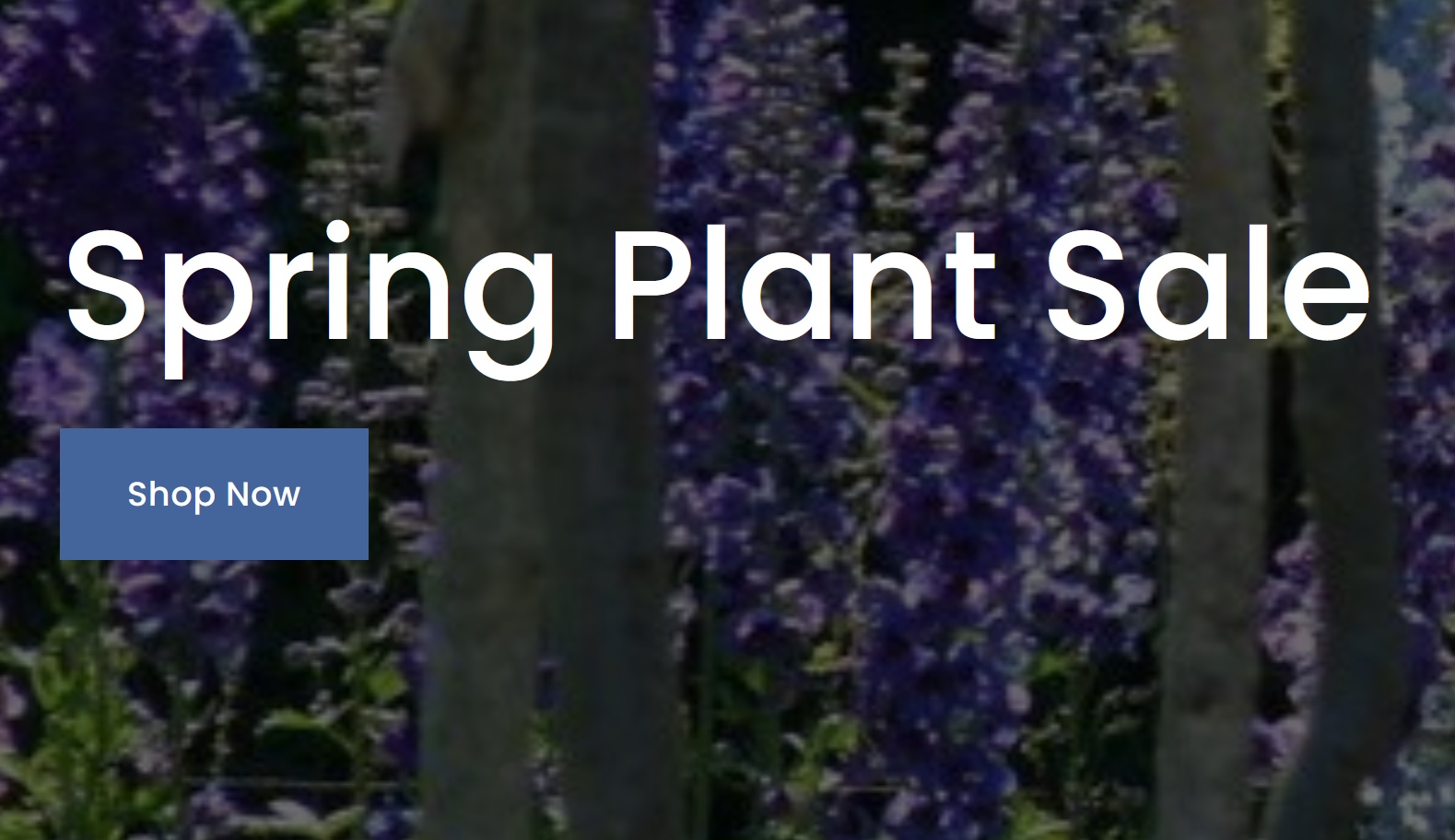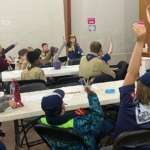CMS students learn how to plant native seeds

From left to right, Elaine Philbrook, of China Lake Association, Nate Gray, of the Maine Department of Marine Resources, Matt Streeter, of Maine Rivers, and Anita Smith, Maine master naturalist. (Photo by Jeanne Marquis)
by Jeanne Marquis
For the second year, China Middle School students participated in the River Restoration project by planting native seeds and learning the importance of maintaining an eco-system. Mrs. Maroon invited three speakers who presented her class with a lecture that was a mixture of local colonial history, biology and botany.
Matt Streeter, of Maine Rivers, explained the roles the river dams played in the growing the economy of our region since the 1700s. The dams had long lost their economic purposes and were removed one by one to open the Sebasticook River as a natural fish way to China Lake. Dam removal was the beginning of the restoration of the Sebasticook.
Nate Gray, of the Maine Department of Marine Resources, explained how the herring are a keystone species and decline of their population would continue to gravely depress the ecosystem of the central Maine lakes region without the River Restoration project. Gray began by telling the students, “I am not giving you the kids version of this presentation, this is the adult version.” The students rose to his challenge and gave him their full attention.
Gray explained that although the herring spend most of their lives in the coastal ocean saltwater the herring must travel up the rivers to spawn in freshwater and replenish their population. The herring species, alewives included, travel up natural water ways such as the Sebasticook River to fresh water lakes including China Lake. As the herring population increases, a multitude of other animal and plant life thrive in and around our area lakes. Gray made it clear to the students how interconnected life is in an ecosystem and how herring is a keystone species for our local environment.
Maine master naturalist Anita Smith clarified the difference between native and invasive plant life and why it is so important to the local environment to restore native species. Smith told the students, “Invasive plants are like the bullies of the neighborhood, they take over the ecosystem.” Smith went on to say that “the choices we make impact the future.” To illustrate this point, she explained how in the 1800s Japanese knot wood was used to control erosion. We know now that Japanese knot wood in an invasive species that crowds out more nutritious native species and is very difficult to eradicate.
The presenters helped the students plant seeds of native species that will help to stabilize soil, attract pollinators, provide habitats and nutrition for native wildlife. The students and presenters will meet again in the fall for a field trip to plant their native seedlings at the Masse Dam site, in Vassalboro. Elaine Philbrook, from the China Lake Association, organized this educational outreach opportunity.
Responsible journalism is hard work!
It is also expensive!
If you enjoy reading The Town Line and the good news we bring you each week, would you consider a donation to help us continue the work we’re doing?
The Town Line is a 501(c)(3) nonprofit private foundation, and all donations are tax deductible under the Internal Revenue Service code.
To help, please visit our online donation page or mail a check payable to The Town Line, PO Box 89, South China, ME 04358. Your contribution is appreciated!






Leave a Reply
Want to join the discussion?Feel free to contribute!